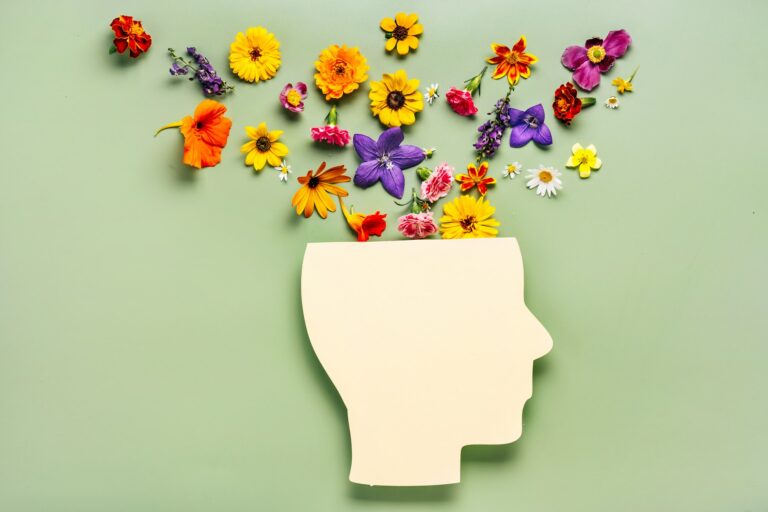Art has always been a mirror of society, reflecting its advancements and changes. As technology continues to evolve at a rapid pace, it’s no surprise that it’s making waves in the art world too. One of the most exciting intersections of art and technology is augmented reality (AR). This innovative technology is not just changing how we experience art, but also how artists create it. Let’s explore the fascinating world of AR in modern art and see how it’s transforming the landscape of creativity.
1. The Basics of Augmented Reality
1.1 What is Augmented Reality?
Augmented reality is a technology that overlays digital information onto the real world, enhancing the user’s perception of their environment. Unlike virtual reality, which creates a completely immersive digital experience, AR blends digital elements with the physical world. This can be experienced through smartphones, tablets, AR glasses, and other devices.
1.2 The Evolution of AR in Art
AR has been around for a while, but its application in art is relatively new. Initially used in fields like gaming and navigation, AR’s potential for creative expression is now being realized. Artists are using AR to add new dimensions to their work, creating interactive and immersive experiences that were previously unimaginable.
2. How Artists are Using AR
2.1 Interactive Exhibitions
One of the most popular uses of AR in art is in exhibitions. AR can transform a static art display into an interactive experience. Imagine walking through a gallery where the paintings come to life with animations or provide additional information when viewed through a smartphone. This interactivity can make art more engaging and accessible to a wider audience.
2.2 Augmented Sculptures
Sculptures enhanced with AR can offer viewers a multi-layered experience. By pointing an AR-enabled device at a sculpture, viewers might see the artist’s creative process, animations that complement the physical piece, or even stories related to the work. This added dimension provides a deeper understanding and appreciation of the art.
2.2.1 Enhancing Perception
AR can change the way we perceive and interact with sculptures. By overlaying digital elements, artists can create dynamic pieces that evolve with the viewer’s perspective, making the experience unique for each individual.
2.3 Digital Art Installations
AR has given rise to a new form of digital art installation. These installations exist purely in the digital realm but are anchored in physical spaces. For instance, an empty wall in a gallery might reveal a stunning AR mural when viewed through a device. These installations push the boundaries of traditional art forms and challenge our perceptions of reality.
3. The Impact of AR on Art
3.1 Expanding Creative Boundaries
AR offers artists new tools to explore their creativity. The ability to combine physical and digital elements allows for innovative expressions that were previously impossible. Artists can experiment with new forms, techniques, and concepts, pushing the boundaries of traditional art.
3.2 Increasing Accessibility
Art can sometimes feel exclusive or inaccessible. AR can democratize art by making it more engaging and interactive. Visitors can use their smartphones to explore AR art, breaking down barriers and making art more approachable for everyone.
3.3 Enhancing Storytelling
Every piece of art tells a story. AR enhances this storytelling by adding layers of narrative and interaction. Artists can use AR to share the inspiration behind their work, the creative process, or the historical context, providing a richer and more immersive experience for the audience.
4. Challenges and Considerations
4.1 Technical Limitations
While AR offers many exciting possibilities, it also comes with technical challenges. Creating AR art requires specialized knowledge and tools, which can be a barrier for some artists. Additionally, the technology is still evolving, and there are limitations in terms of hardware and software capabilities.
4.2 Audience Engagement
Not all audiences are familiar with AR technology. There’s a learning curve involved in using AR applications, which can affect the overall experience. Artists and galleries need to consider how to make AR art user-friendly and ensure that it enhances rather than detracts from the art.
4.3 Preservation and Longevity
Traditional art forms are tangible and can be preserved for centuries. AR art, however, relies on technology that can become obsolete. Artists must consider how their work will be preserved and experienced in the future as technology evolves.
5. The Future of AR in Art
5.1 Emerging Trends
As AR technology continues to advance, we can expect to see even more innovative applications in art. Emerging trends include AR art in public spaces, interactive AR experiences in museums, and collaborations between artists and technologists to create groundbreaking works.
5.2 The Role of AI and Machine Learning
The integration of artificial intelligence (AI) and machine learning with AR could further transform the art world. These technologies can help create more sophisticated and responsive AR experiences, making art even more interactive and personalized.
5.3 Bridging Physical and Digital Worlds
The future of AR in art lies in its ability to seamlessly blend the physical and digital worlds. Artists will continue to explore how AR can enhance physical spaces and create entirely new environments, offering audiences experiences that transcend traditional boundaries.
Conclusion
The intersection of art and technology is opening up exciting new possibilities for artists and audiences alike. Augmented reality, with its ability to blend the physical and digital worlds, is at the forefront of this transformation. By embracing AR, artists can push the boundaries of creativity, engage audiences in new ways, and contribute to the evolving landscape of modern art. As technology continues to advance, the potential for AR in art is limitless. So, let’s keep our eyes open and our devices ready, because the future of art is here, and it’s augmented.








